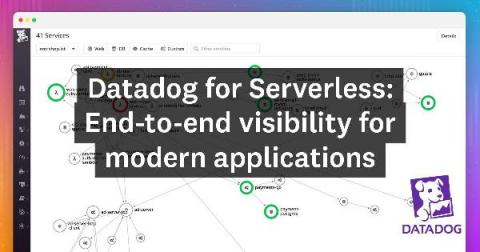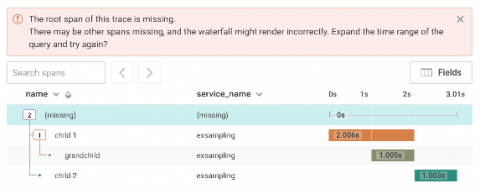Q&A with Daniel Seravalli, Lead Engineer at Holler: Nailing Observability at Scale
Holler is a messaging tech company that enriches conversations everywhere by creating and delivering useful, entertaining, expressive visual content to add texture and emotion to messaging environments. As the company has continued to grow, the engineering organization has scaled to meet the demand for its services. However, without a fully staffed Operations team, most of the engineers at Holler perform double duty across DevOps to keep the service performant for consumers.











